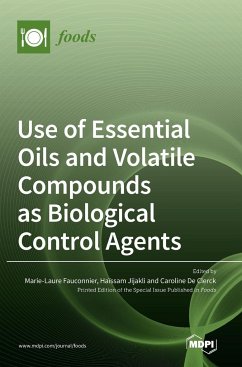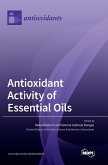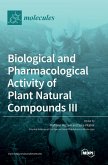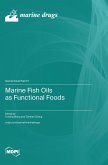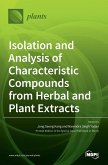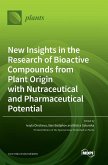Essential oils (EOs) and microbial/plant-based volatile organic compounds (VOCs) are being used in an increasing number of sectors such as health, cosmetics, the food industry and, more recently, agronomy. In agronomy, they are employed as bio-herbicides and bio-pesticides due to their their insecticidal, antifungal, and bactericidal effects. Several EO-based bio-pesticides are already registered. Essential oils and other VOCs are 100% bio-based and present numerous additional advantages. They contain a great number of structurally diverse compounds that frequently act in synergy; they are thus less subject to resistance. As highly volatile compounds are found in EOs and VOCs, they typically cause no residue problems in food products or in soils. Indeed, the supply of EOs can be really challenging because they are frequently produced in restricted areas of the world with prices and chemical composition fluctuations. Besides, while the high volatility of EOs and VOCs is interesting for some specific applications, it can be a problem when developing a bio-pesticide with long lasting effects. Finally, EOs are frequently phytotoxic, which is perfect for herbicide formulations, but not for other applications. In both cases, the development of a proper formulation is essential. Owing to the current attraction for natural products, a better understanding of their modes of biological action is of importance for the development of new and optimal applications.
Hinweis: Dieser Artikel kann nur an eine deutsche Lieferadresse ausgeliefert werden.
Hinweis: Dieser Artikel kann nur an eine deutsche Lieferadresse ausgeliefert werden.

